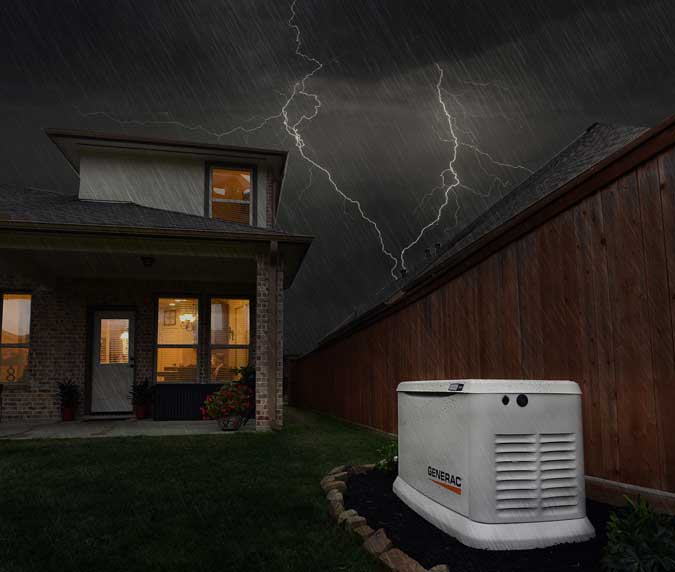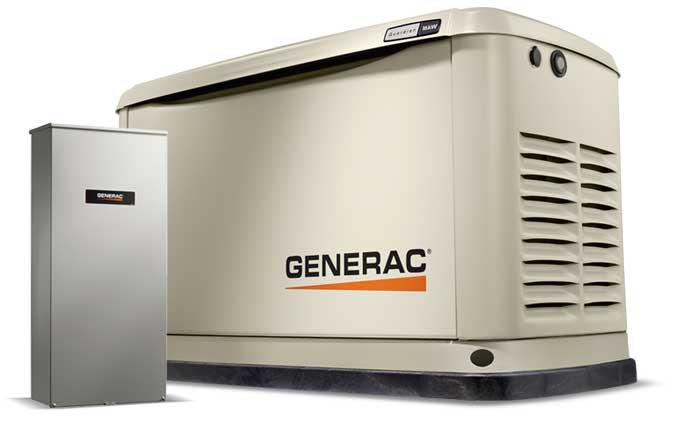
Sound Advice
By Don Lindich
Week 37, 2020
Q. I have questions about home backup power. Are manual transfer switches available in a range of maximum power to be transferred? Also, do they make automatic transfer switches that operate when no one is home during a power failure, and if available what is the price range?
-D.M., Naperville, IL
A. Many brands and types of transfer switches and generators are available, covering a wide variety of power and price ranges.
The system I described in print is not automatic. When the power goes out I flip the manual transfer switch, wheel out my Q6500 inverter generator, start it up and connect it to the outside inlet box with a single 240 volt/30 amp connection. Clean power is then sent over my home’s electrical wiring to the circuits I select on the transfer switch. Typically I have power in every room but the garage, and if I need to use the garage door opener I turn off a bedroom circuit and turn on the garage circuit. The gas furnace has power to provide heat in the winter, but I do not have the central air conditioner connected as it would require a bigger generator.
An automatic transfer switch won’t do you any good with a portable generator like mine. The system you want is a backup (also called standby) generator, which usually ships with a pre-wired indoor automatic transfer switch.
The backup generator is connected to the natural gas line (or a large propane tank if your home does not have natural gas) and the automatic transfer switch wired to the electrical panel. The switch constantly monitors the system and if power from the grid is interrupted, the switch activates and starts the generator. Power is typically restored within 60 seconds, and when utility power is flowing again the switch will disconnect and turn off the generator.
The bigger the house and the more circuits you want to connect, the bigger the generator and more elaborate the transfer switch required. Connecting appliances with high current and wattage requirements such as central air conditioners and electric ranges requires upsizing the generator as well. Because the generator is intended for emergency purposes, most homeowners choose one with enough power to cover enough rooms and appliances to stay comfortable, and if they have an electric range they just rely on the microwave. These essential circuits are the ones connected to the automatic transfer switch. If you want to power every room of a large home including central AC and every appliance imaginable you can do it, but you will have to dig deeper into your wallet to buy a big enough generator for the job.

A home backup generator with transfer switch starts at around $2,000 plus installation, and can run into the tens of thousands of dollars for a very large home with all the circuits running. Installed prices typically start around $4,000. You will definitely want to get proposals from several different dealers before deciding. You should also check with local authorities regarding codes and permits. A good dealer will take care of this for you as part of their service. If building a new home you can make it part of your construction plan. (I would!)
Wisconsin-based Generac is the industry leader and has led the drive to bring down backup generator prices. All of their backup generators are CARB-compliant and the Generac PowerPact 7,500-watt includes a 50-amp automatic transfer switch for only $2,049. The Generac website is very comprehensive, with downloadable brochures and a tool to help you determine how much generator you need. generac.com
